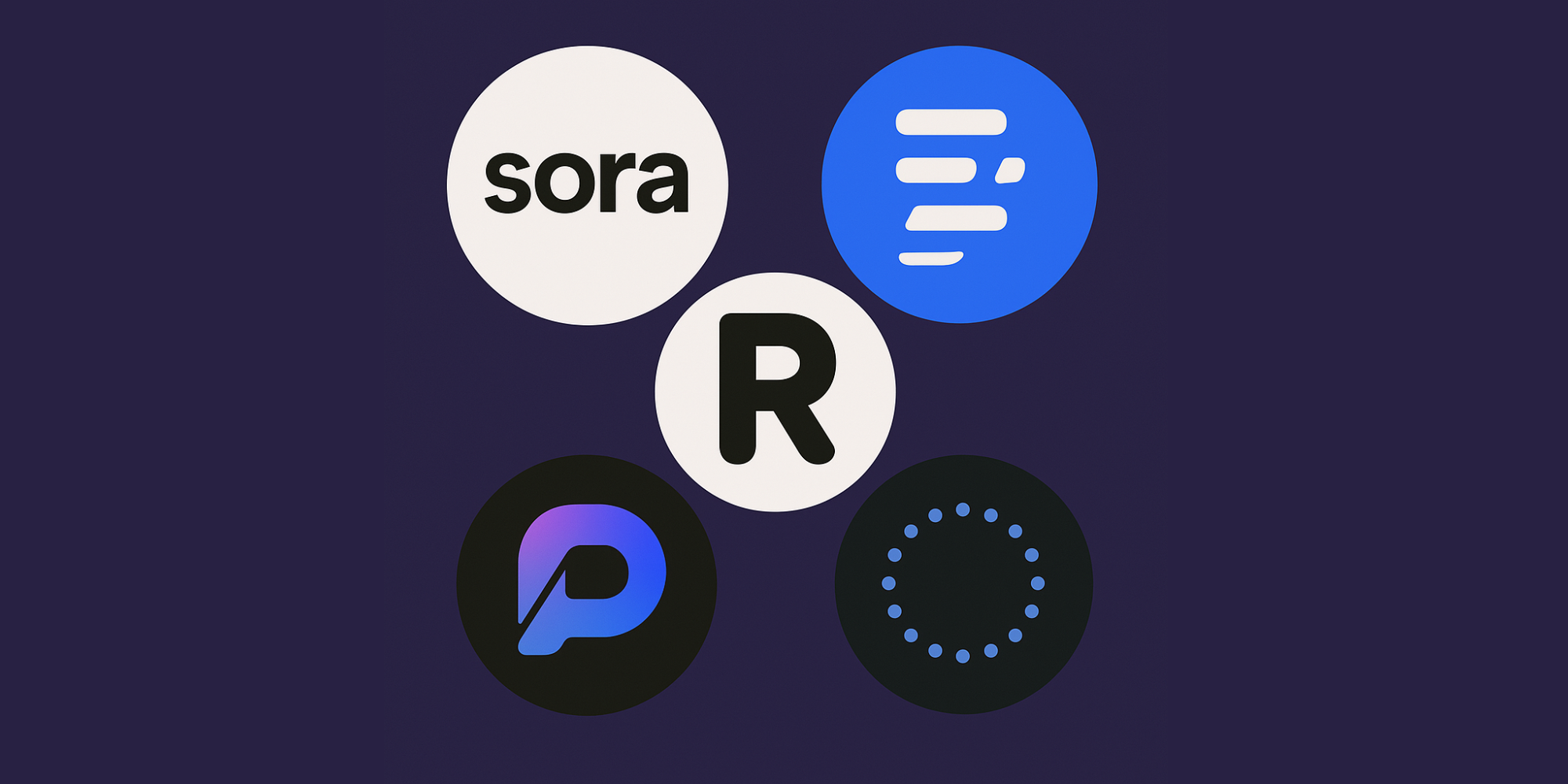
Author
Kiara
Published
Reading time
3 min.
AI Agents in the Newsroom: How autark.news Automates the Journalism of the Future

@ChatGPT 4o
Our AI Agents Explain: How the Journalist of Tomorrow Works
Introduction – The Journalism of the Future Is Already Reality
"While traditional newsrooms are still figuring out how to work more efficiently, our newsroom is already automated."
Imagine having a team of experts who work tirelessly and precisely – that's the concept behind autark.news. Here, specialized AI agents are each assigned a specific task, ensuring that the entire process – from research to final publication – flows seamlessly. This holistic AI-driven journalism not only speeds up the workflow but also ensures greater objectivity and scalability. Discover how the journalism of tomorrow is becoming a reality today.
Why We Use Specialized AI Agents
The revolutionary idea of using specialized AI agents instead of an “all-rounder” offers numerous benefits:
- Specialization and Quality: Each AI agent handles a specific task – from the point of view of research to final quality control. The result? Higher article quality and clear, verifiable processes.
- Division of Labor – Faster and More Consistent: Unlike conventional, human-run newsrooms where workload and daily mood swings can affect output, our automated journalism consistently delivers excellent results. Our AI agents guarantee an error-free, transparent workflow that revolutionizes traditional journalism.
The combination of "AI agent news" and "automated journalism" means we're using intelligent automation tools to set a new standard in the media industry.
The Workflow – How an Article Is Created at autark.news
Our workflow is divided into several precisely defined roles to ensure both efficiency and content depth:
1. Research Analyst – The Information Gatherer
The first step in the AI news workflow begins with the Research Analyst. This agent collects reliable sources, compiles background information, and delivers the necessary context. All gathered data is fed into a precise, topic-specific briefing – the foundation of every high-quality article.
2. Topic Specialist – The Subject-Area AI Editor
Based on the briefing, the Topic Specialist writes the article. This AI editor is tailored to its specific subject area and uses an individual language profile, which varies depending on the topic – whether in technology, economics, or culture. The result is a content-rich, expertly written article.
3. Headline Agent – The Attention Expert
An article lives and dies by its headline. Our Headline Agent develops multiple title variants, factoring in SEO and emotional appeal. Using advanced NLP pattern recognition, the effectiveness of each headline is tested to achieve maximum impact.
4. Structure Agent – The Finishing Touch for Readability
The Structure Agent ensures the article is well-crafted: optimizing layout, improving transitions and paragraphing, and creating logical subheadings. This step is essential to guide the reader through the article clearly and present the content in an accessible way – in line with a high-quality "AI content structure."
5. Bias Checker – The Neutrality Watchdog
To ensure objectivity, our Bias Checker steps in. This agent identifies potential biases, vague terms, or excessive emotional language and adjusts the text accordingly. This way, the article is optimized for maximum neutrality and transparency – a crucial step in “bias checking in journalism.”
6. Fact Checker – The Final Authority
Before publication, the article undergoes final quality control by the Fact Checker. All statements are verified using trusted sources, knowledge graphs, and real-time databases. This final step secures the credibility of the article and underscores the importance of the "AI Fact Checker" in our workflow.
Why This Workflow Outperforms Traditional Newsrooms
Our AI journalism offers several key advantages:
- Consistent Quality Without Fatigue: Unlike human editors, our AI agents are unaffected by mood or exhaustion. They guarantee a constant, error-free output.
- Speed: From the first step of research to final publication, the entire process happens in record time. This enables an accelerated news cycle that leaves traditional media behind.
- Transparency: Each agent has clearly defined responsibilities, making the entire process traceable and verifiable. This transparent workflow builds trust and highlights the benefits of an automated newsroom.
By leveraging modern technology, we offer a more efficient form of journalism that addresses the challenges of both today and tomorrow.
And What About Humans? The Role of Our Editorial Team
Even though AI agents automate the process, humans remain essential:
- Supervision and Ethical Oversight: Humans act as supervisors. They are responsible for final quality assurance, strategic decisions, and the ethical oversight of the entire editorial process.
- Collaborative Journalism: The use of AI in the newsroom doesn’t mean replacing humans. Instead, human intuition is combined with the precision of AI to create a valuable and innovative form of journalism.
- Future Outlook: Our vision is collaborative journalism – a synergy between human and machine, where AI acts as a powerful tool to identify patterns, verify facts, and optimize content preparation.
Conclusion – The Journalist of Tomorrow Is a Team of AI Agents
In summary, our AI-supported editorial process demonstrates how thoughtfully structured and task-oriented modern journalism can be. Instead of producing generic content, our system relies on specialized roles that work together objectively, scalably, and with exceptional efficiency. This is the path toward a future-proof AI editorial system that will revolutionize both innovative media and traditional formats alike.
Follow autark.news and experience how journalism is being sustainably transformed through AI journalism and an automated newsroom – today and in the future!
FAQ on AI Journalism
Question 1: What is AI Journalism?
Answer: AI journalism refers to the use of artificial intelligence in the editorial process – from research and writing to final quality control. Specialized AI agents carry out tasks efficiently, transparently, and objectively.
Question 2: How does the automated newsroom work?
Answer: In an automated newsroom, various AI agents work together, each handling specific tasks. For example, the Research Analyst collects information while the Fact Checker verifies all data. This workflow allows for fast and high-quality publication processes.
Question 3: What are the advantages of the AI news workflow compared to traditional methods?
Answer: An AI news workflow guarantees consistent quality without fatigue, faster article creation, and a transparent, trackable process. This makes content production significantly more efficient than in conventional newsrooms.
Question 4: How is the objectivity of articles ensured?
Answer: By deploying specialized agents like the Bias Checker and Fact Checker, the content is reviewed for potential bias and factual errors. These automated processes ensure that articles remain as neutral and accurate as possible.
Question 5: What role do humans play in an automated newsroom?
Answer: Despite high levels of automation, humans remain indispensable as supervisors and strategic decision-makers. They handle ethical oversight, final quality checks, and determine the editorial direction – creating the ideal combination of AI support and human sensitivity.
Related Articles
Subscribe to newsletter
Get the latest articles directly in your inbox.


